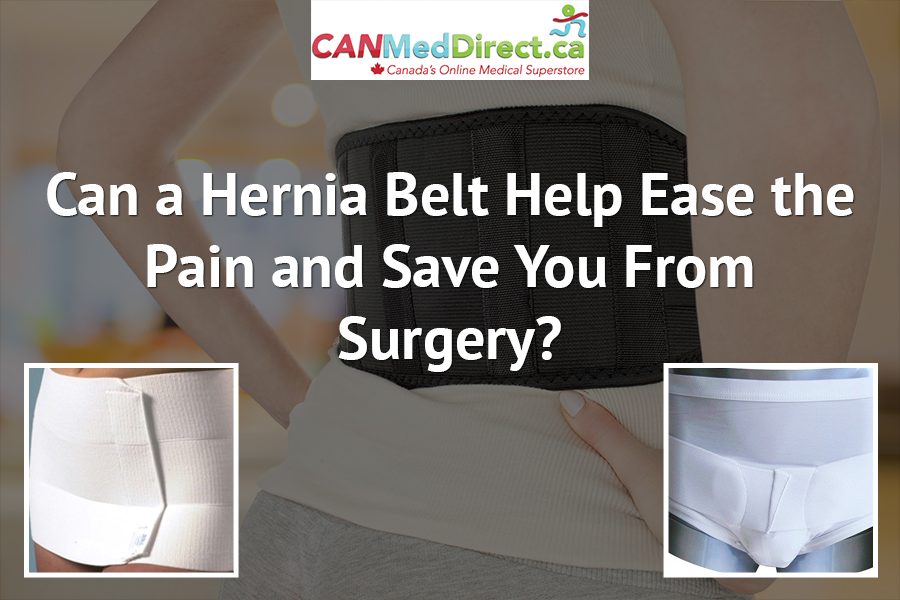Can a Hernia Belt Help Ease the Pain and Save You From Surgery?

Hernias occur when a portion of some bodily organ becomes displaced for some reason. The result is that the portion extrudes from the cavity wall and causes a great deal of pain. There are many different types of hernias. Some can be treated with the use of a hernia belt, but others will require more comprehensive treatments. The good news is that a hernia belt can not only ease the pain but also minimize the potential for surgery in some cases.
How a Hernia Belt Works
The function of this type of belt is simple. When placed in position and adjusted properly, the belt helps to provide the support needed to keep the organ from protruding further. Depending on the type of hernia present, the belt may even be enough to shift the organ back into a more natural position.
The effect of containing the organ and restoring a more natural balance is the reduction in pain. As long as the belt remains present, there is an effective barrier that eases the discomfort and improves the range of motion. At the very least, using this type of belt or even going with adult diapers that include a truss design buys the time needed for a medical professional to determine what other action, if any, is in the best interests of the patient.
What Effect Does the Belt Have on Abdominal Walls?
When the hernia is partially due to weakened abdominal walls, using a belt does alleviate pressure and reduce the pain. At the same time, it can provide more of a chance for the walls to heal from whatever caused the weakness in the first place. By easing the pressure, the body’s natural healing properties, in conjunction with non-invasive treatments administered by a medical professional, could result in recovery. At the least, the right belt could mean having time to develop more strength and be able to deal with the trauma of surgery with fewer complications.
How About Help With Other Symptoms?
Providing additional support for the displaced organ can also reduce the potential for a number of symptoms. In addition to alleviating pain, the belt could provide support that reduces stress on the intestines, the bladder, and the bowels. The result is that the patient is less likely to experience urinary or fecal incontinence. Even if some leakage does take place, the use of adult diapers in the interim provides time to determine if surgery is necessary.
The bottom line is that a hernia belt can provide lots of benefits, up to and including the possibility of avoiding surgery. When this type of issue arises, the only way to determine the best course of action is to undergo an examination and go over the treatment options with a physician. The organ involved, the severity of the extrusion, and the range of side effects wills all factors in to making the right choice. Even if surgery is the only real solution, it makes sense to invest in a quality hernia belt and use it to minimize pain and contain the situation until it is possible to have the procedure done.


